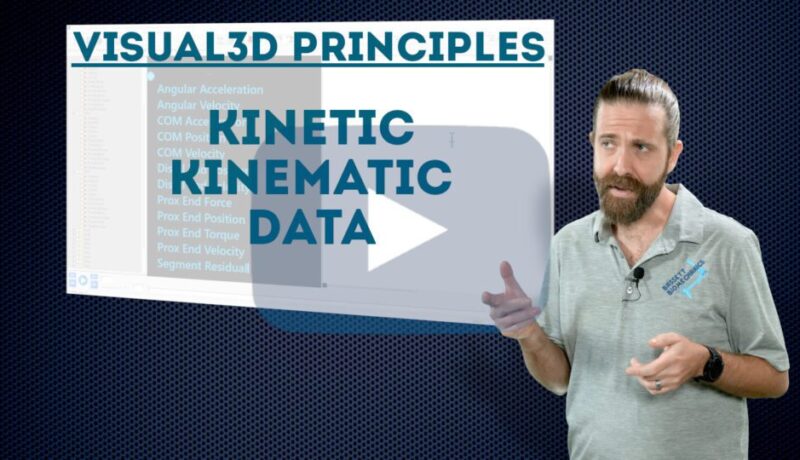ISB Recommendations: Scapula
Chapter 3: ISB Recommendations: ScapulaFollowing the ISB Recommendations, in this chapter, we define a scapula segment according to Wu et […]
Chapter 3: ISB Recommendations: ScapulaFollowing the ISB Recommendations, in this chapter, we define a scapula segment according to Wu et […]
Chapter 2: ISB Recommendations: ThoraxFollowing the ISB Recommendations, in this chapter, we build a thorax according to Wu et al.’s […]
Chapter 1: ISB RecommendationsBuilding biomechanical models from peer-reviewed papers is an essential skill to get the most out of Visual3D. […]

The data in the Kinetic_Kinematic folder is usually overlooked. However, it is already calculated from your biomechanical model, and depending on your application, you might find the data useful. In this tutorial, we explain the contents of the Kinetic_Kinematic folder.

The Kinetic_Kinematic data folder in Visual3D is automatically generated when a biomechanical model is built. In this tutorial, we talk about what each item means.

Many Visual3D commands, including Compute model based data, use segment short names to refer to body segments in order to perform calculations. In this tutorial, we show you how to use these segment names in Visual3D.
Chapter 4: Toes definitionThe toes are the final segment of the Oxford foot model from the 2001 paper “Kinematic analysis […]
Chapter 3: Forefoot definitionApplying the 2001 paper by Carson et al. “Kinematic analysis of a multi-segment foot model for research […]
Chapter 2: Hindfoot definitionIn this chapter, we continue translating to Visual3D from the 2001 paper by Carson et al. “Kinematic […]
Visual3D Expert BuilderModel Unit 7 Chapter 1: Multi-segment foot Although typically the foot is treated as a single segment, this […]